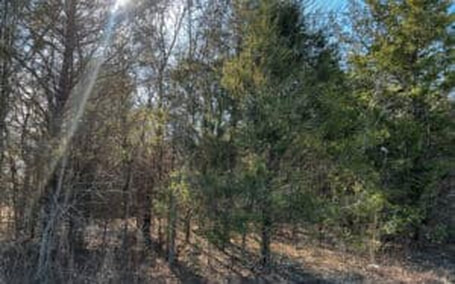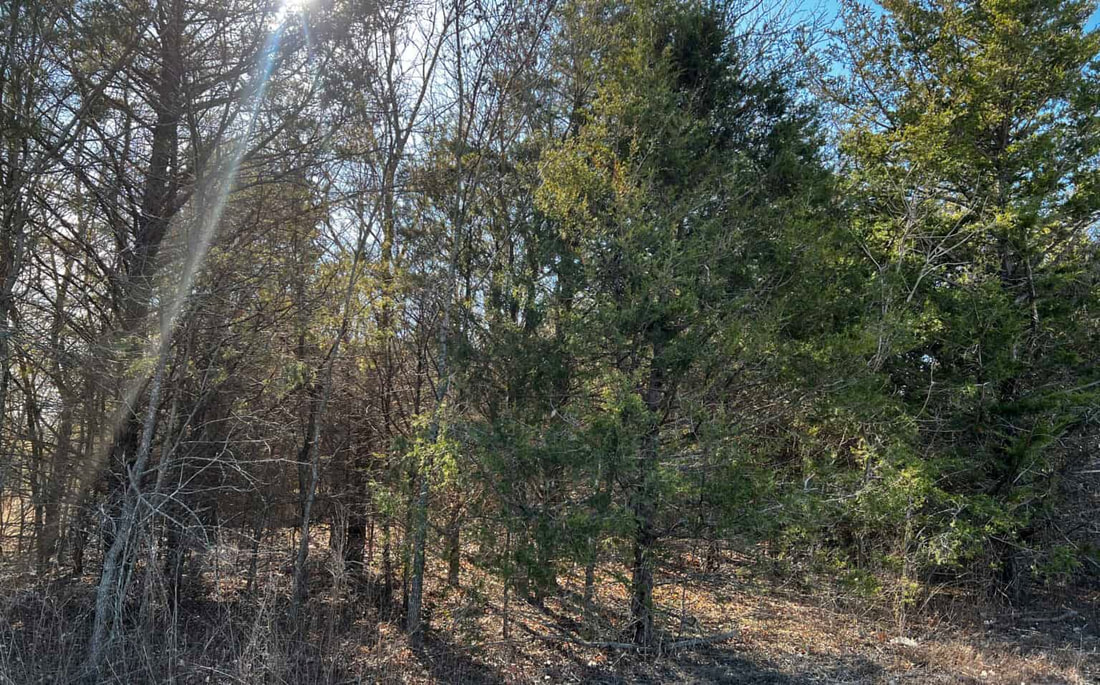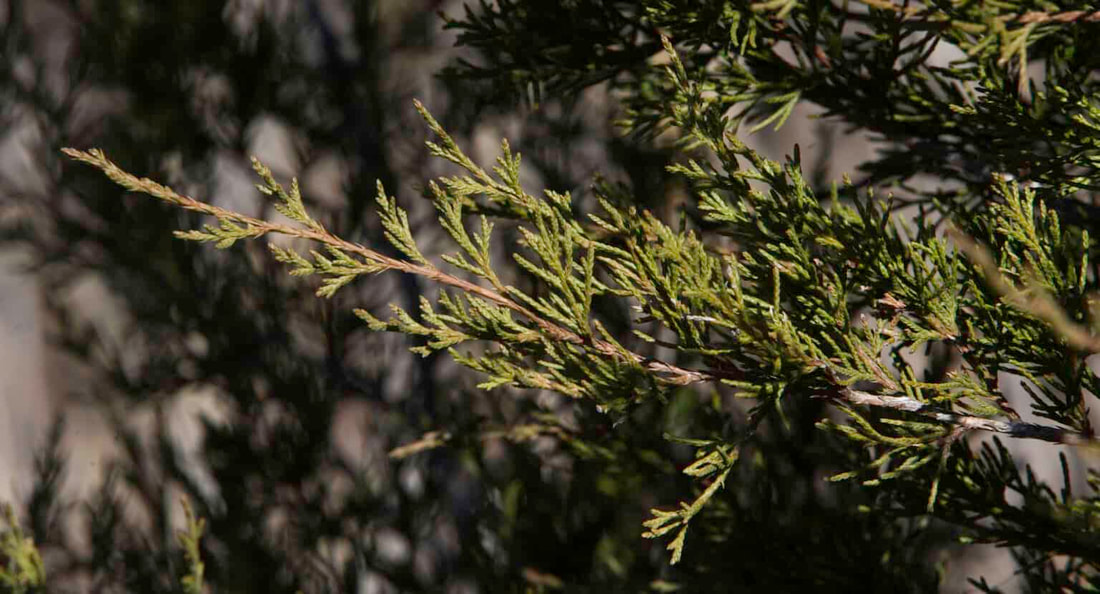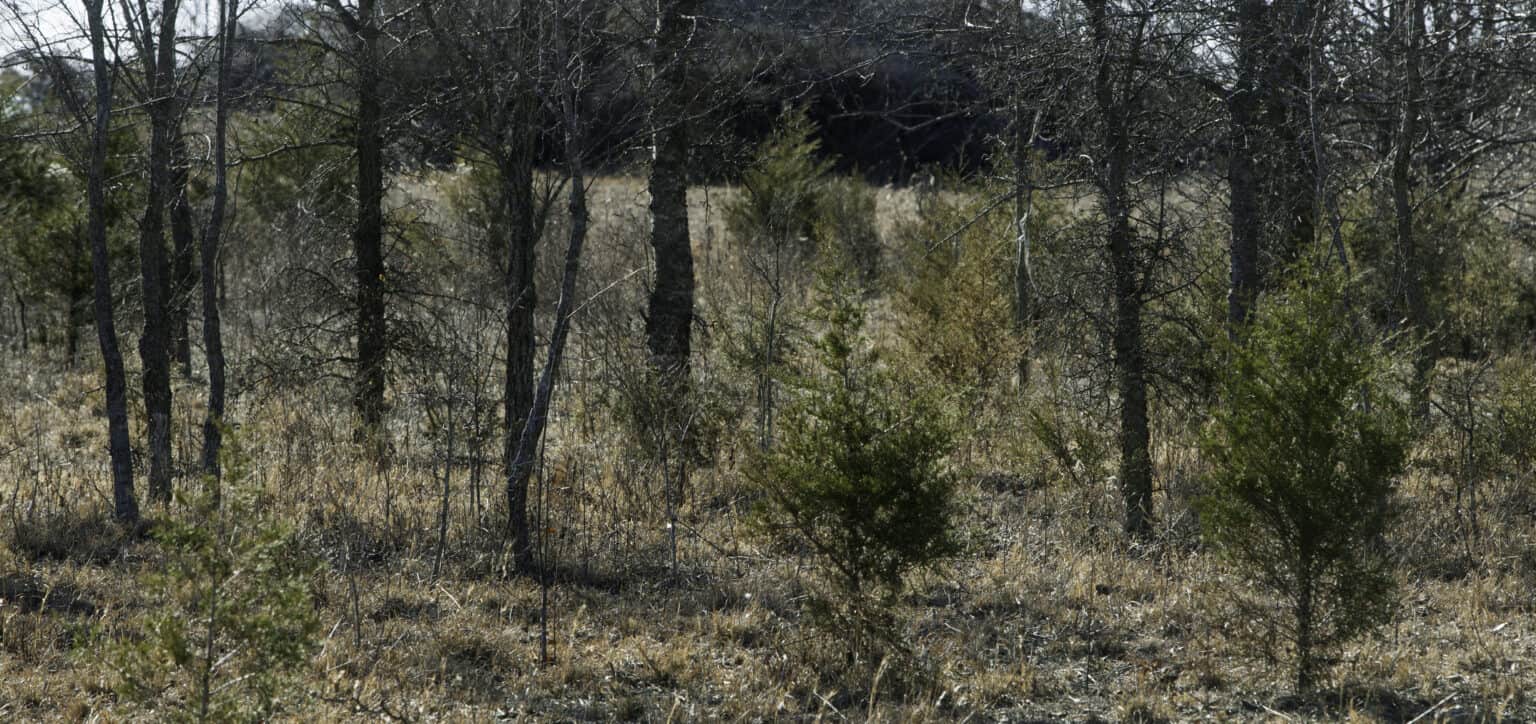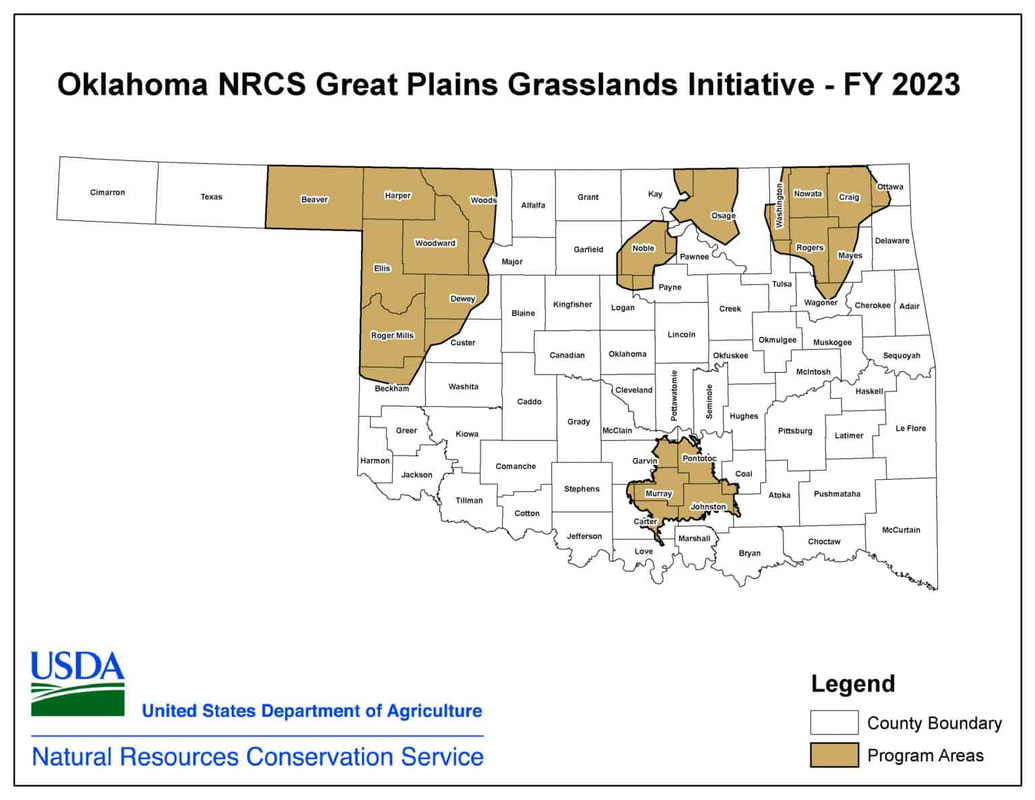Legislators cite water worries for North Canadian River, Canton LakeBy KELLY BOSTIAN Two decades after a governor’s task force warned the spread of invasive trees would mean millions in economic losses the damage is ongoing, but things could swing in 2023. A group of state legislators plans a new attack, and a new federal program promises new tech and improved strategies. Eastern redcedar and saltcedar are the biggest contributors to what Oklahoma State University Natural Resources Extension reports as a loss of nearly 10 million acres of Oklahoma rangelands to woody encroachment since 1990. The spread has continued two decades after a task force created by the state’s secretaries of Agriculture and Environment warned in 2002 that the economic losses could total more than $450 million annually. The past two decades show the report that envisioned catastrophic wildfires, lost grazing lands, diminished water yields, and lost habitat and outdoors tourism wasn’t far off. With water yield and wildfires in mind, a group of legislators promised to file a bill this session that could take a solid swipe at invasive saltcedar and eastern redcedar in the Canadian River watershed, with Canton Lake in mind. Meanwhile, the U.S. Department of Agriculture Natural Resources Conservation Service is expanding use of new technology and an online app to forward a new “protect the core” grasslands strategy. Don Williams, an Edmond lobbyist and former state senator, said he is working pro-bono with western region legislators, municipal leaders and state and federal agency leaders to craft legislation to eradicate swaths of saltcedar and eastern redcedar. “A bill will be filed this session,” he said. “What exactly it looks like is being worked on, but there will be a bill.” This cedar and that cedar Eastern redcedar and saltcedar have similar common names and both score placement on worst invasive trees lists for grasslands, but the similarities end there. Saltcedar (Tamarix chinensis) is one of a family of small trees native to Asia and Europe. It was introduced to the United States for ornamental use, windbreaks, and erosion mitigation in the early 1800s, according to the U.S. Forest Service. It is common across the western United States and invades riparian areas of western Oklahoma. It grows in thick stands up to 30 feet tall. It is deciduous but its waxy leaves resemble the needles of cedar trees. Eastern redcedar (Juniperus virginiana) is a native conifer that has spread out of control across eastern North America. Historically, the U.S. Forest Service notes, fires controlled spread of the trees. But it, too, was widely recommended as a good tree to plant for windbreaks and soil erosion. Humans added to its natural ability to spread. Tall, stately examples of the tree are found in historic ranges, but it is most often seen in thick growths that dominate landscapes across portions of Oklahoma. Thirsty land grabbers Oklahoma State University research papers note that saltcedar quickly spreads downstream along waterways and invades tributaries and associated wetlands and grasslands during high water events. It is difficult to control because it spreads both by root and by seeds. Cut it down and it puts up more sprouts unless the root crown is killed. Because salt is taken up into leaves that are shed, it adds salt to nearby soil and makes surrounding areas inhospitable to other plants. Redcedar is a survivor that adapts to various soils and growing conditions and is drought tolerant with its waxy needles. It is a prolific producer of seeds that are dispersed by wind and birds. It quickly creates thickets that choke out competing vegetation. The U.S. Natural Resources Conservation Service reports that one redcedar tree impacts the surrounding 26 acres. Oklahoma State University studies have shown that removing growths of redcedar and saltcedar and returning the landscape to grassland can increase runoff to streams, improve soil moisture and improve rates of groundwater recharge. Popular press reports list varying daily use estimates of water use by a single saltcedar or redcedar plant from 30 gallons a day to 200 depending on climate, the tree in question and the method of estimation, but university studies are void of such references. One study that mentions the popular estimates states that an estimate of roughly 32 gallons is only potentially most realistic and warns that making decisions based on such estimates could lead to unrealistic expectations. Bill to focus on water State Sen. Casey Murdock, a Cimarron County rancher, announced at the 2022 Oklahoma Governor’s Water Conference that he intends to drive a bill that would increase funding for cedar removal. Political challenges will be education about the shared losses that come with doing nothing, and the high cost for eradication programs that will actually make a dent, he said. “You’ve got to have someone with the strong political will to step in there and do this because it’s not going to be popular, it’s going to take a lot of money,” he said. “We’ve got to have the municipalities, the state and federal government investing in this program.” After the devastating 286,000-acre Rhea Fire burned Dewey County in 2018, the need to better manage the trees hit a fever pitch in Murdoch’s area. That’s when legislation moved the duties of the Eastern Red Cedar Registry Board to the Oklahoma Department of Agriculture and its Oklahoma Conservation Commission. But Murdock has since learned of another benefit of burning the trees. “I visited with a county commissioner out there and he talked about streams that have popped up after that fire that he hadn’t seen flowing in 50 years,” he said. “I think if we can just start managing them better you could see a difference in a place like Canton Lake. If you can have that impact for that water supply lake it makes a difference for people in Oklahoma City, and that’s something people in eastern Oklahoma should want to see as well.” The NRCS already invests millions in redcedar removals each year, but Williams said state, county and municipal dollars—and perhaps regulations—should add to that pot. Funds can be used to incentivize not only ranchers but also non-resident landowners and can be used to find ways to get the work done on fallow lands as well. “You dangle the carrot and if that doesn’t work you bring in the stick,” Murdock said. What the Conservation Service offers is good, but can only do so much, Williams said. It relies on landowners who are already motivated to participate in a voluntary program and to keep up with it year after year, he said. “I think there will always be some who are not wanting to do it at first but when they see what their neighbors accomplish and the value of land that’s not covered in brush it’s an incentive,” Williams said. Brandon Reavis, NRCS state rangelands management specialist for Oklahoma, said the agency’s investment into brush management can fluctuate from year to year but annually puts $5.5 to $7 million in Environmental Quality Incentives Program money to work in Oklahoma. Most is distributed to landowner projects administered through county Oklahoma Conservation Commission programs. Williams said the state should look to the Conservation Commission to set priorities for any new funding, but added that perhaps a pilot program that documents what happens with aggressive efforts in the Canadian River Watershed could set a model to expand eradication efforts to other areas. A two-pronged approach
Relatively new mapping and forecasting tech applied through the Great Plains Grassland Initiative will soon take NRCS efforts against woody encroachment to new places in Oklahoma, according to Reavis. While eradication efforts will remain important to recover what has been lost, the new tech could make significant changes with strategies to “protect the core” of existing grasslands over the next 10 to 15 years, he said. As part of the agency’s landowner-oriented Working Lands for Wildlife program, GPGI kicked off in Oklahoma in 2022, is expanding this year, and has been in use from Texas to the Dakotas. The grasslands preservation effort uses the agency’s Rangelands Analysis Platform, available online at Rangelands.app, to forecast changes to grasslands and wooded or riparian areas, he said. The strategy identifies areas where best practices can preserve grasslands with much less expense than after-the-fact eradication, he said. Another viewpoint Perry McDonald, owner of Singing Wire Sawmill at Beggs, always is at-the-ready to remind people that redcedar has great value as lumber for furniture and building products. Even the skinny ones can make good decorative fence rails, he said. “You listen to the NRCS and all these other fools and you’ll think it’s the worst, most evil thing there ever was,” he said. “Buy a chainsaw and keep it by your bed because the cedars are coming!” Speaking frankly, he said much of the ongoing problem could have been avoided if landowners were educated and motivated by their own desire to manage grasslands properly with fire and grazing. Ranchers should also be armed with the knowledge of where the nearest sawmill is located and that a cedar with a trunk the diameter of a hat band pays by the board foot. Wildfires and unwanted trees shredded or pushed into burn piles are, “good money going up in smoke,” he said. Educating landowners about the value of cedar lumber and the demand for the trees at sawmills statewide should remain a priority for the state, he said. Still, he expressed doubt at any minor monetary incentives moving landowners to do the kind of work that has provided a good living for him and his crews over the past three decades. “People are just afraid of that four-letter word these days—W O R K,” he said.
4 Comments
7/4/2024 02:40:50 pm
Your , Post is very useful.Thank you this usefull information.
Reply
7/4/2024 02:56:18 pm
Usually I never comment on blogs but your article is so convincing that, I never stop myself to say something about it. You’re doing a great job Man,Keep it up.
Reply
7/5/2024 07:33:12 am
That is when regulation moved the obligations of the eastern red cedar vault board to the oklahoma division of farming and its oklahoma protection bonus.
Reply
7/5/2024 09:38:36 am
The tree are found in historic ranges, but it is most often seen in thick growths that dominate landscapes across portions of Oklahoma. Thank you, amazing post!
Reply
Leave a Reply. |
Archives
May 2024
Categories
All
|
Conservation Coalition of Oklahoma
P.O. Box 2751
Oklahoma City, OK 73101
[email protected]

